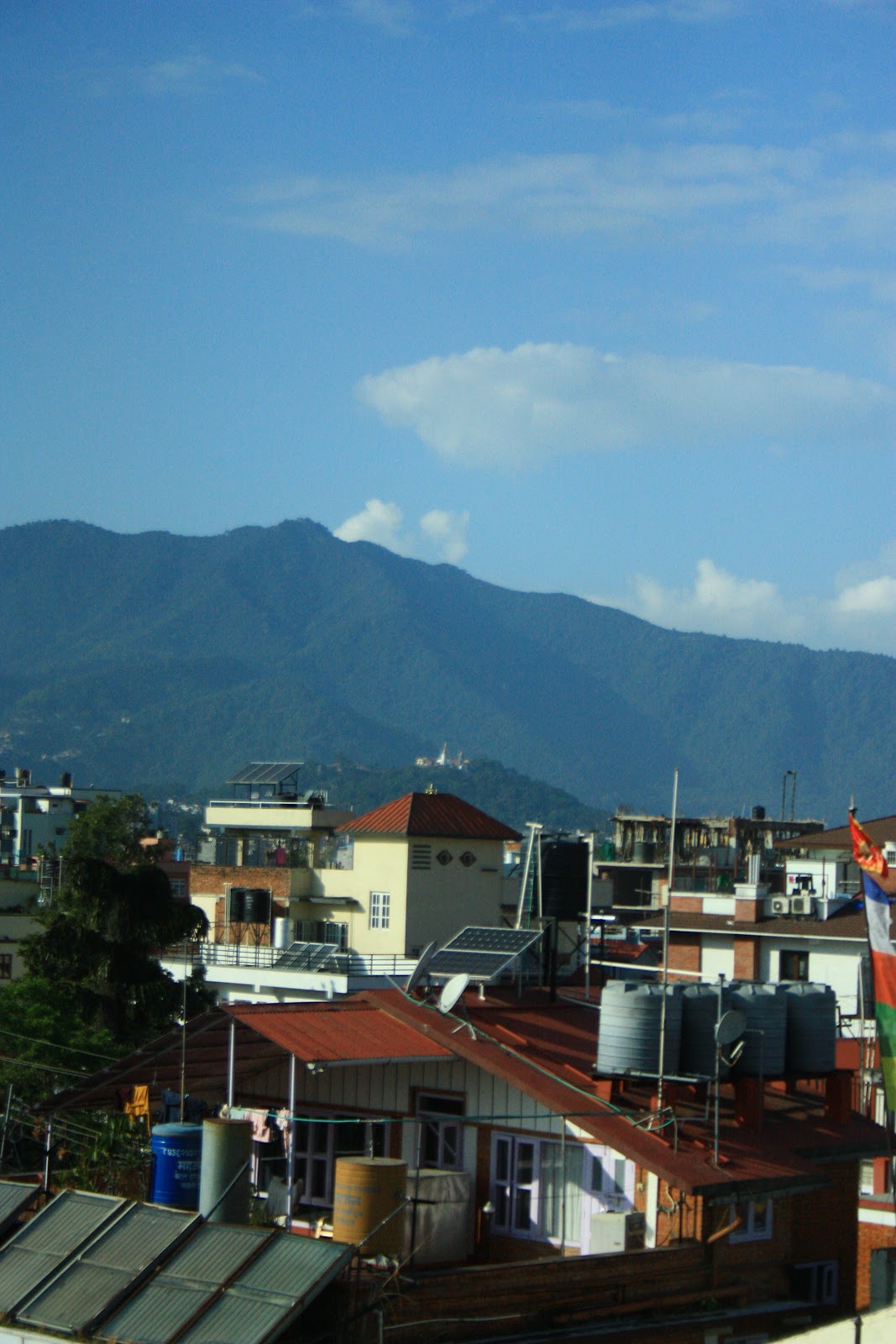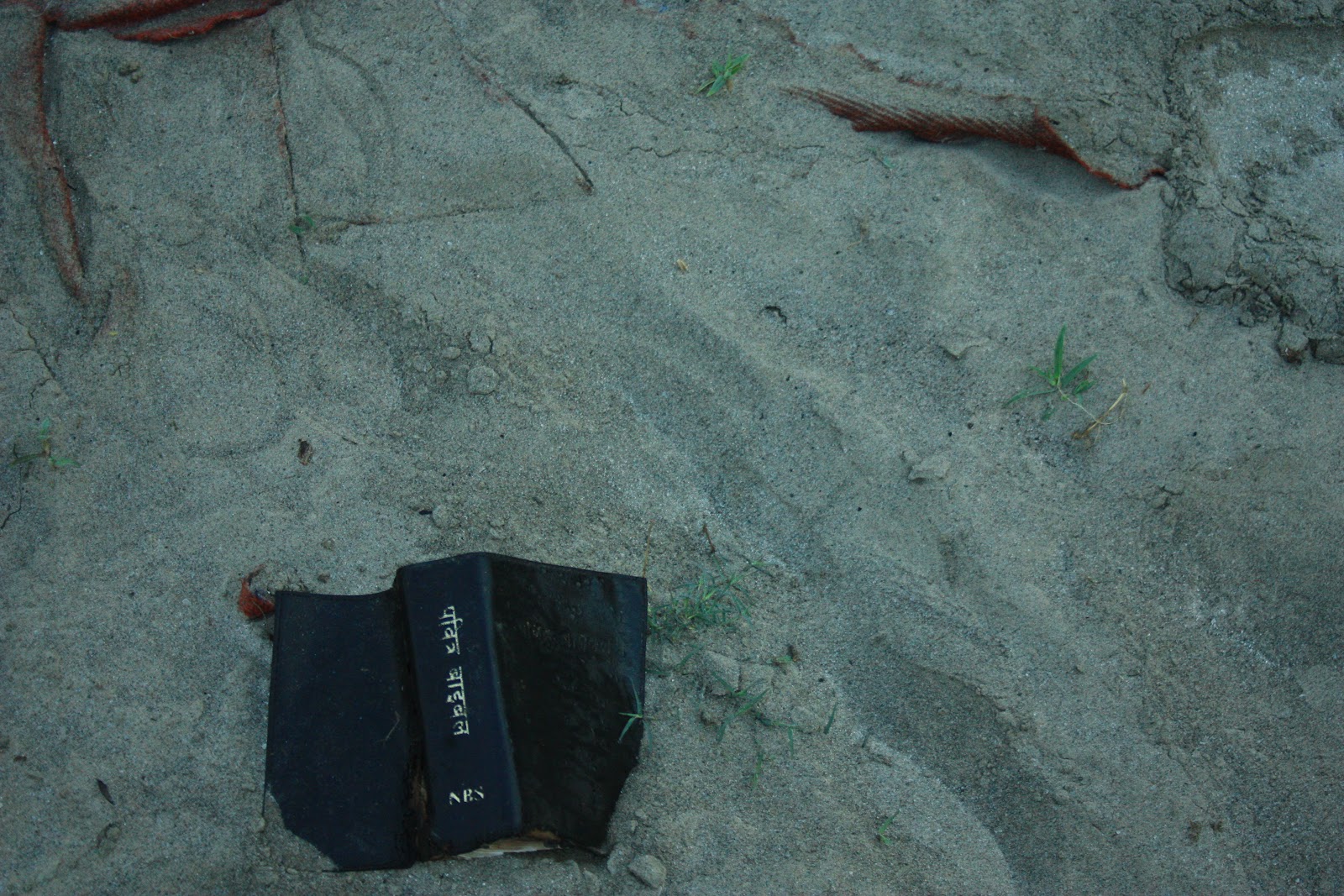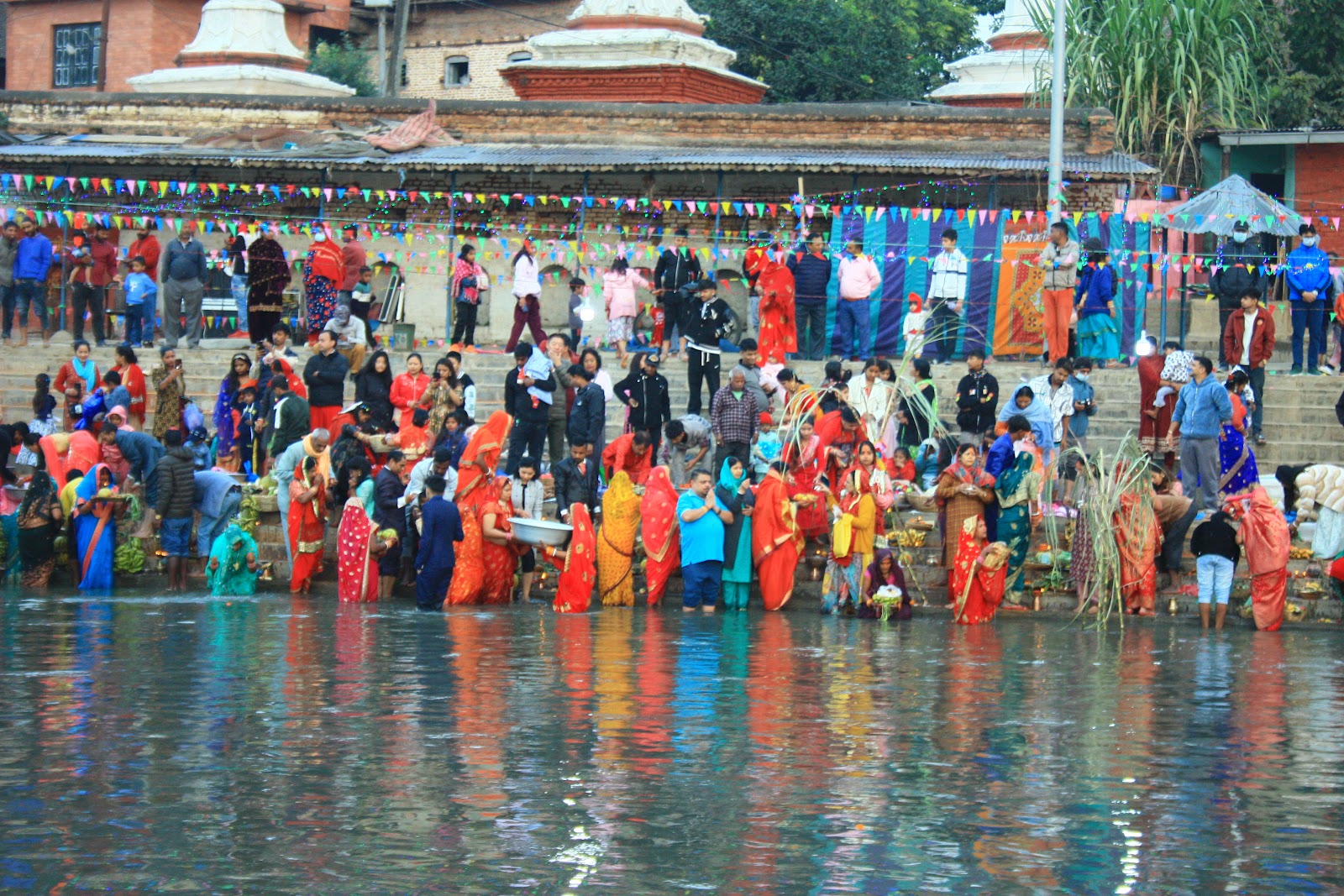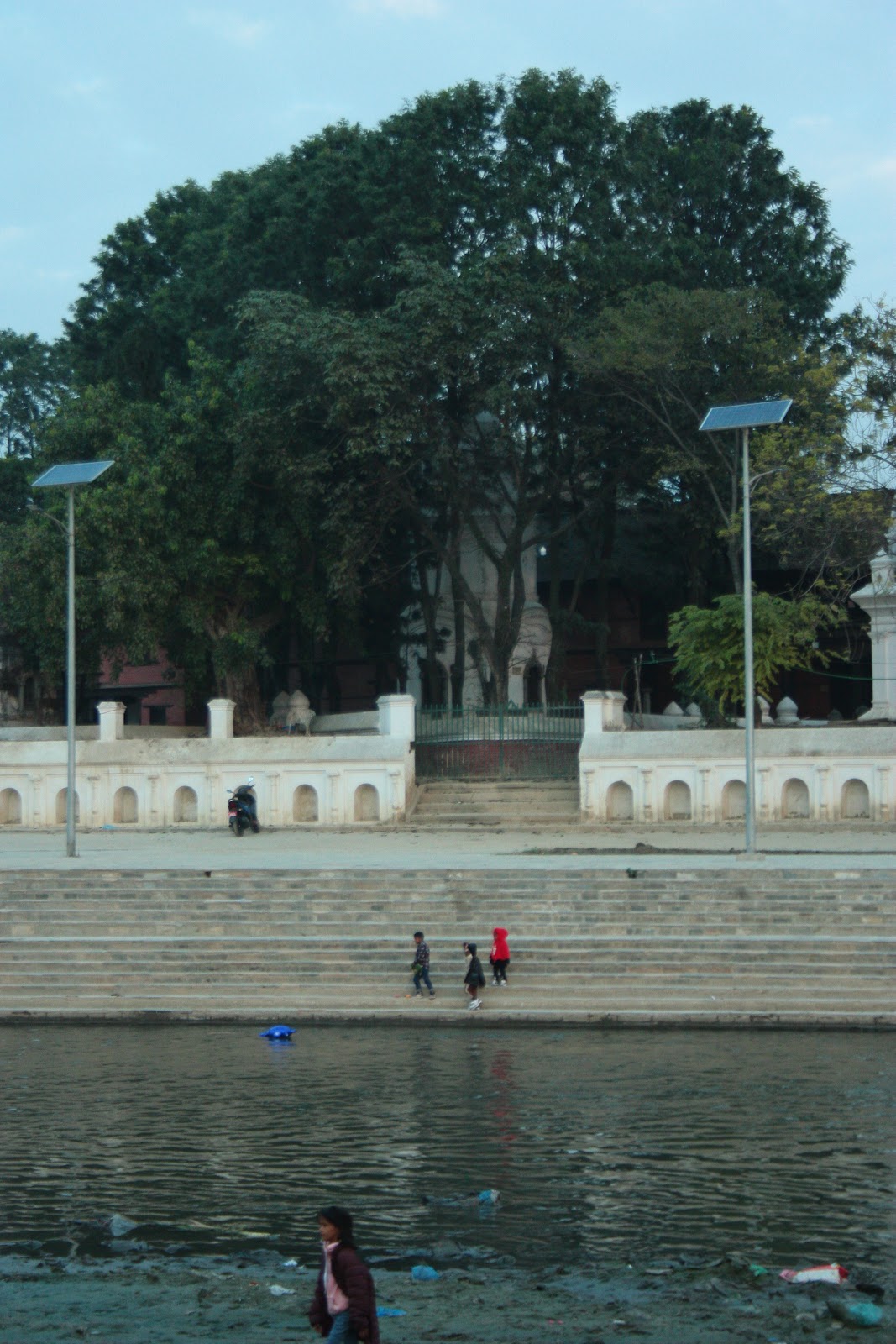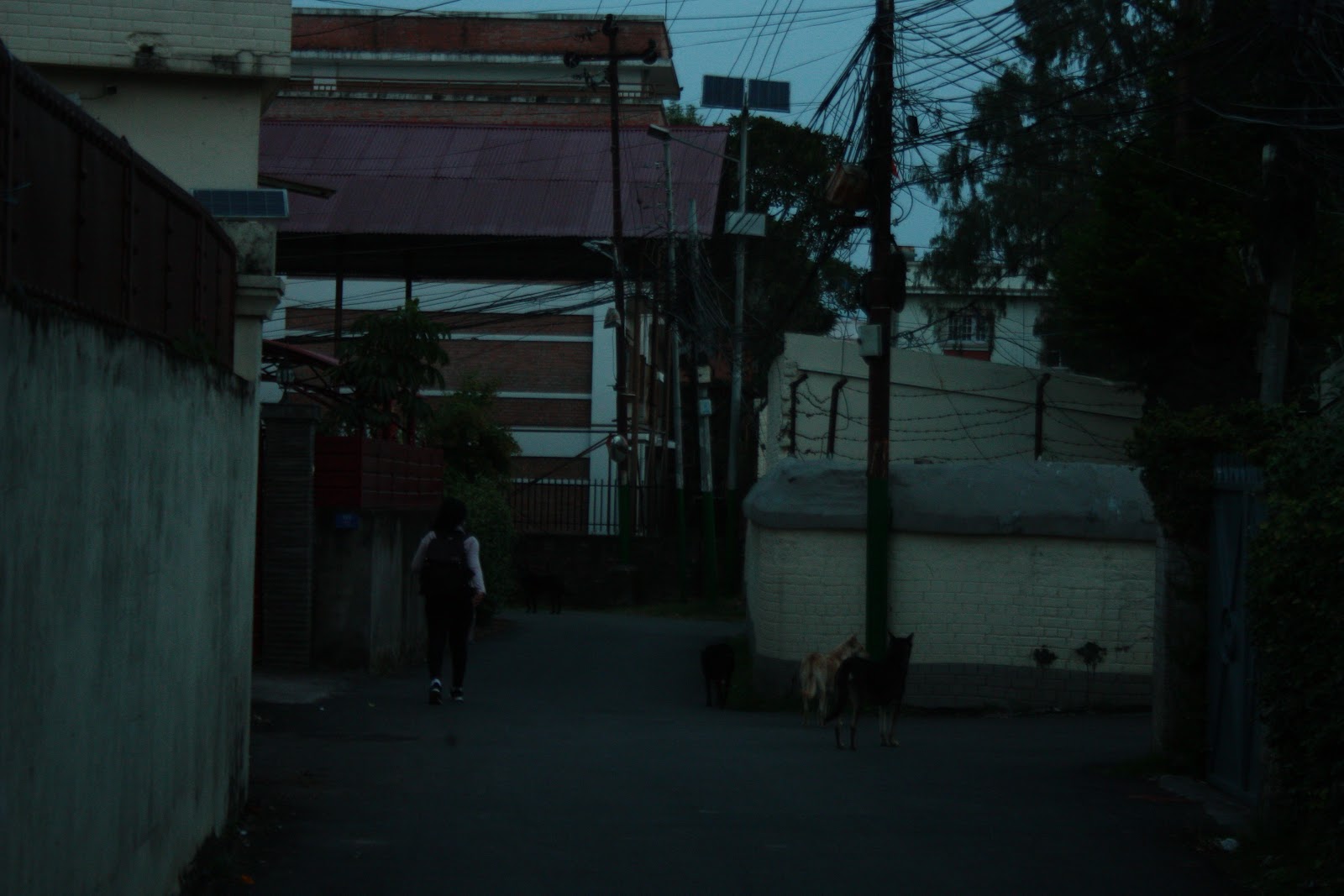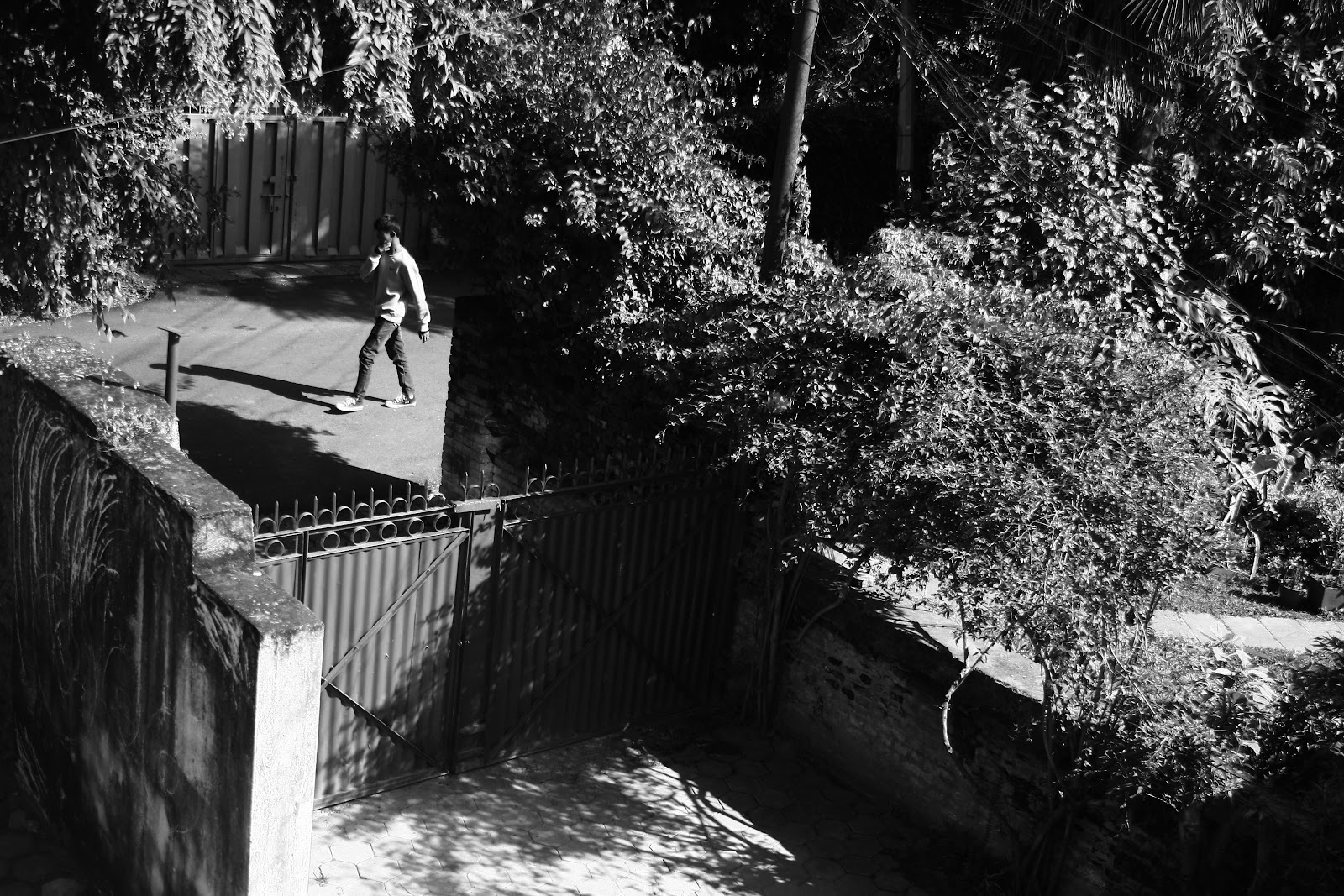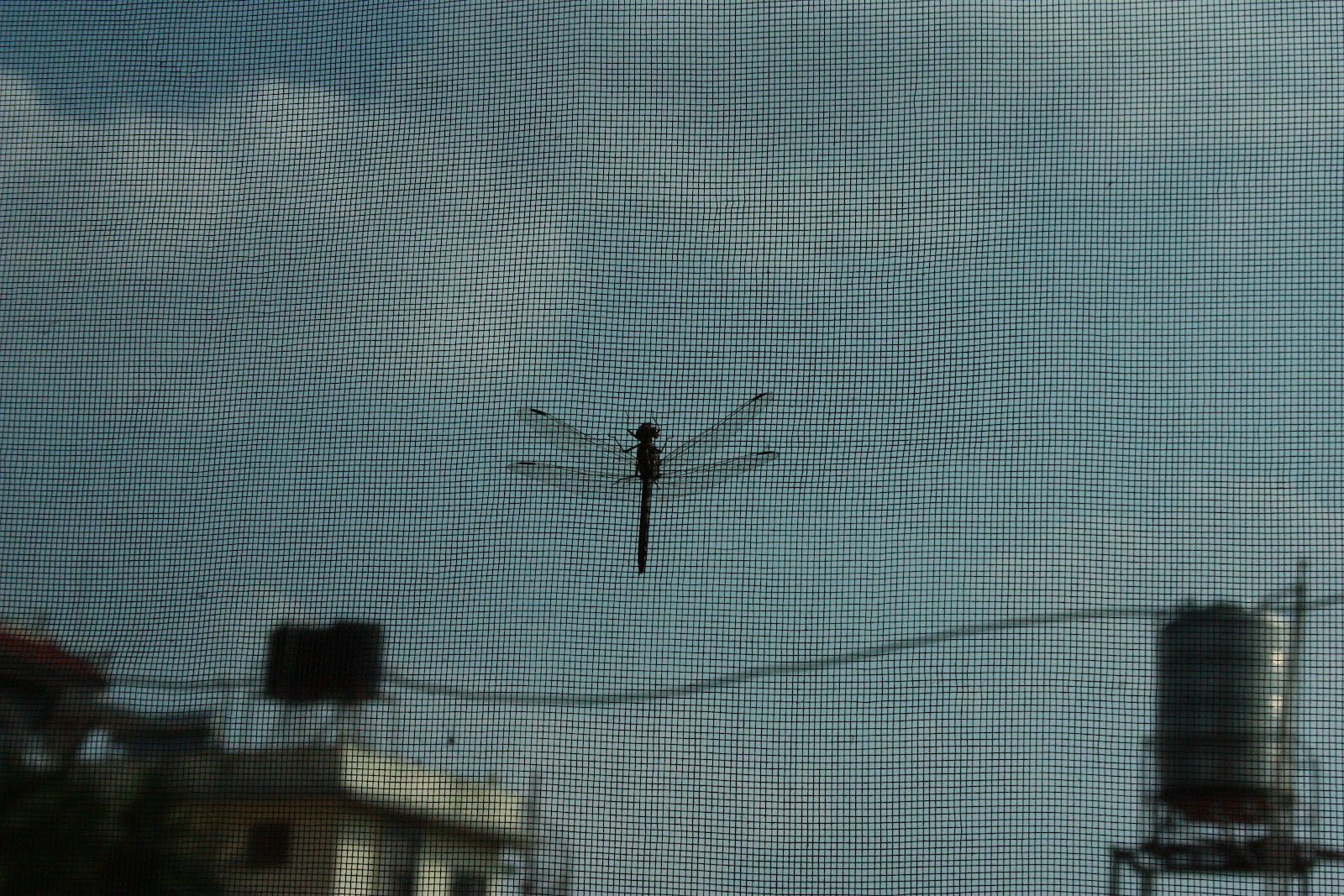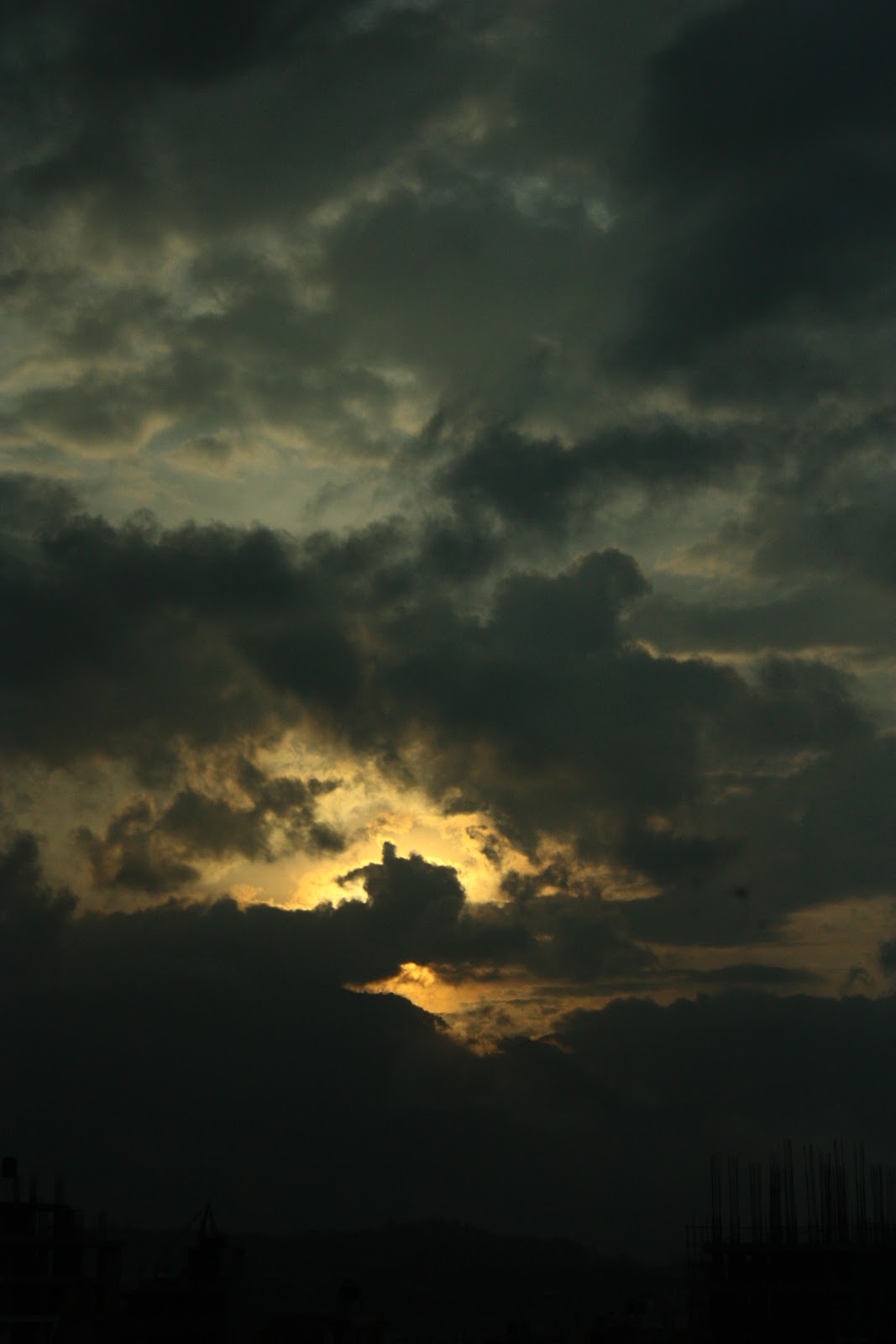Not true. I was in a cab, on my way to the cable car at Chandragiri, with half of a plan: go to the top, decide whether to climb down to Matatirtha, and from there walk back to Sanepa, or climb down to Fakhel, on the southern flank of the mountain, then on to Farping, cross the Bagmati toward Tika Bhairab, and walk down through Bungamati, etc., to Sanepa.
But I saw a gentle road cut along the length of a hill to the north. The village on top is Kot Gaun, I learned, and there sits Kalu Pande's samadhi. So, in typical Prawin Adhikari fashion, I took a taxi from the cable car station to the samadhi.
Kalu Pande was more a diplomat than a soldier, it seems. He was Prithvi Narayan Shah's favorite when it came to negotiating 'ghaha' or treaties. He was present when the treaty with Tanahun was drawn up, giving Gorkha the peace of mind it needed to attack Nuwakot, in preparation to lay siege over Nepal. I think it was the next generation of Gorkhali soldiers who betrayed the treaty. In any case, Kalu Pande was killed in his very first engagement in the Valley, against the hilltop town of Kirtipur. His progeny have done well, some 10 - 13 generations on, otherwise he would be just another man killed for his ambition, and forgotten.
By his samadi I ate dal bhat, with a 3-egg omlette, because they had just run out of any meat. Lordy, it was cold up there. I was scolded by the lady to leave the camera alone and begin eating before the rice went cold. This place, called View Tower Resort, also has rooms, ranging between 1,500 and 3,500 rupees per night, with a dorm on the lower price range and wo rooms with air conditioners on the expensive end. The lady blushed when I asked if there were single occupancy rooms. 'Only couples come here, sir,' she said. The rooms have a desk and a chair each, though. I think good enough for an 8,000/- word short story over four or five days -- beyond that, the back will suffer.
This is the view to the north, the hill is Nagarjuna. The sudden smear or burnt red on it are fields of marigold. After the dal bhat, I walked down to the valley. The roads being built here are all too steep, but the quick-fix idea by the local municipality if to lay down substantial sections in reinforced concrete. I'd much rather have this, a dirt trail, dappled and cool. But land prices here must be soaring, there were many a hotel being built.
Around noontime, the light was harsh, but the forest gave respite.
This is a bamboo in bloom, with its blossom as the pock of gold. It ripens into bamboo rice. It is edible, if not entirely toothsome. I was texting over Whatsapp with a friend about food a little after I took this photo. We were discussing millet meal -- what is called raagi in southern India and dhindo in Nepali hills. I have learned, only in the past week or so, that the correct translation into English for dhindo is 'swallow', which is a group of foodstuffs -- starches -- that are swallowed, not chewed. Our chat reminded me about the centrality of poverty to Brahminness -- how poverty is foundational as both a terrifying generational memory, and how its performance is necessary to prove Brahminical virtue.
My great-grandfather, Laxmikant Sharma Adhikari, loved to collect books, write commentaries or 'tika' in Sanskrit -- ultimately the source for the term 'tick mark' for the check mark, or why so many of our foreigner friends say 'tick cha' for 'thik cha' -- and compose poetry. He would then teach some of these poems to my father's aunt, Putali didi, whose official name I don't know, but whom we also called Bandipur didi because she was married into that hilltop hamlet. Aanbai thought her husband was wasting his life in frivolous pursuits rather than earning a solid living. So -- the story goes -- she gathered his writings one day and burned them. Only Putalli didi remembered verses she had been taught, and that too, she gradually lost.
The road is long sometimes, and lonely :)








